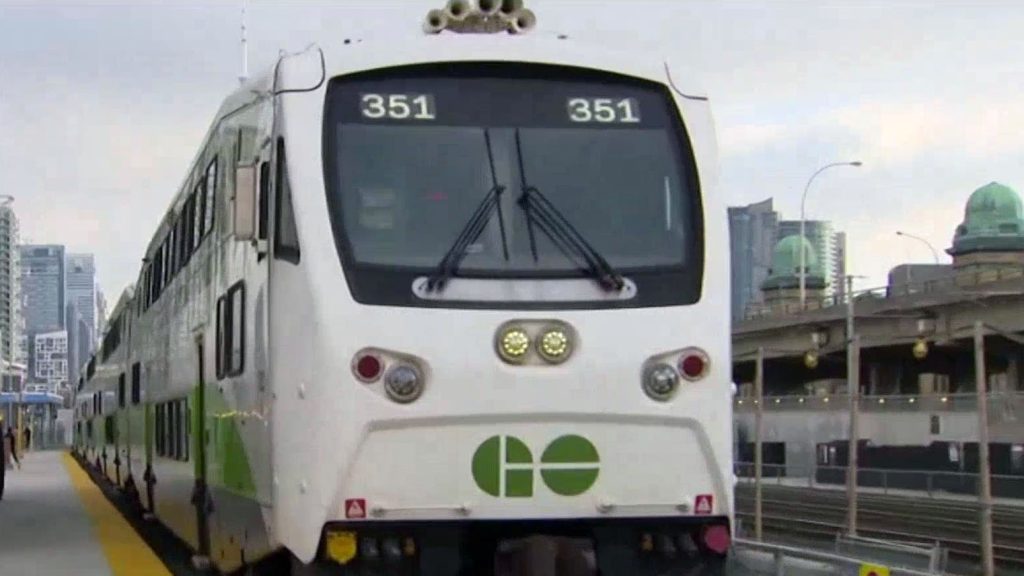As more companies in the Greater Toronto Area (GTA) implement a four-day back-to-office policy for employees this fall, Go Transit riders are raising concerns about rising fares and the chaos during rush hour. Commuters are particularly affected by the economic conditions, which make commuting costs feel heavier on their budgets.
Harjot Singh, a resident of Brampton, highlights the financial strain, stating, "I spend about $400 to come to work. With the current economic situation of the country, it’s hitting the wallets of average Canadians." Such sentiments reflect a growing frustration among commuters who rely on the Go Transit system.
According to data from Metrolinx, ridership on Go Transit has exceeded pre-COVID levels. Notably, ridership rose to 6.8 million in June 2025, an increase from 5.1 million in April 2019. However, despite this surge, concerns about fare structures persist, as commuting costs soar and available passes remain limited. Currently, Go Transit offers a $10 weekend pass and a group pass, yet a monthly pass is still not available.
Harmanvir Singh, who commutes from Burlington, echoes the demand for enhancements, stating, "The fares are too expensive. The frequency is low and sometimes delays happen. In peak hours, people are standing." This situation paints a challenging picture for daily commuters who experience overcrowding, particularly during rush hour.
Comments gathered from the vicinity of Union Station show that many riders, including students, face similar issues. One student remarked, "I travel during rush hour in the morning, even on the express train, I am standing and so are a lot of people." This testimony underscores the pressing need for improvements in transit capacity and reliability.
Professor Murtaza Haider, Executive Director of the Cities Institute at the University of Alberta, emphasized the need for more trains on busy corridors like Lakeshore West. He criticized the approach taken during the extensive renovations of Union Station, stating, "When billions of dollars were spent on Union Station, they did not work on increasing track capacity and made it look like a mall more than a transit station." He pointed out that the platform capacity and number of platforms remain the same despite the high expenditure.
In contrast, the Office of Ontario Transportation Minister Prabmeet Singh Sarkaria announced a range of initiatives aimed at alleviating commuter costs. They highlighted the One Fare Program which helps eliminate double fares when transferring between GO Transit, the Toronto Transit Commission (TTC), and other local transit systems. According to their statement, commuters are saving up to $1,600 per year, with over $123 million saved since 2024 through various fare integration strategies.
Professor Haider further suggests that the evaluation of GO Transit fares should not be isolated. He argues for a holistic perspective, suggesting that transportation and housing costs should be analyzed together. "If you compare the housing cost in Toronto to cities far away, Go Transit fares are not expensive, and you will feel you are doing good," he noted. This assertion aims to provide context for the perceived expenses associated with commuting in the Toronto area.
Meanwhile, Ontario's population has surged by more than 760,000 people between 2021 and 2023. With many companies mandating a return to the office, concerns about increased vehicular traffic during rush hours are also mounting among Canadians. The Ontario government has required public servants to return to office for four days a week this fall, transitioning to a full five-day workweek next year. Major banks and corporations across Canada are aligning their back-to-office policies accordingly, further complicating the transit landscape for commuters.












